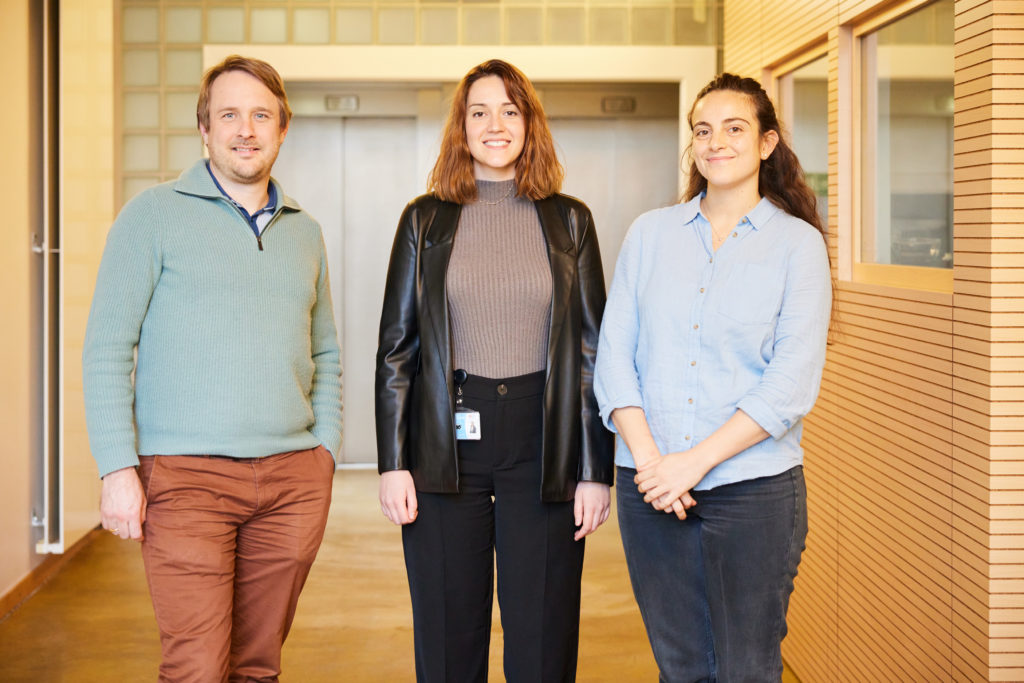Autonomous vehicles & IoT

As the Grand Duchy progresses towards using renewable energy for up to 25% of its gross final consumption of electricity by 2030, its dependency on renewable energy will increase. At the same time, a higher reliance on renewables translates to significant fluctuation in supply. Beyond the challenges brought on by this shift in paradigm, are there opportunities to optimise supply and demand?
FlexBeAn, a recently launched project in the framework of a partnership between the University of Luxembourg’s Interdisciplinary Centre for Security, Reliability and Trust (SnT), Creos Luxembourg S.A., and the Luxembourg Institute of Science and Technology (LIST), is looking for ways to do that, and help accelerate the country’s transition to a sustainable energy landscape. Down the line, it is important to prepare for the upcoming increase in electrical consumption and to avoid network congestion and potentially even curtailments in the future.

“Day-to-day right now, our power demands are matched by reliable incoming sources, meaning that price fluctuations are minimal, and we rarely face outages,” says Prof. Gilbert Fridgen, who leads the project on SnT’s side. Until now, the national electricity grid has been working primarily with dispatchable technologies based on fossil fuels, as well as unidirectional power flows. These provide predictable supplies of energy into the electrical grid – and an easy way to meet any peaks in demand. “But, by depending more on renewable sources, and increasing our consumption as we decarbonise our heating and transport sectors, the power grid must adapt to cope,” he continues.
“Creos has a clear path forward for the energy transition, which is based on their years of operational experience, and the cutting-edge prototypes we will deliver with LIST will turn that into a reality.”
Prof. Björn Ottersten, SnT Tweet
When it comes to electric vehicles (EVs) in Luxembourg, for example, forecasts predict a 750% increase in EV registrations by 2035. “However,” says Fridgen, “if all EV owners in Luxembourg arrive home in the evening around the same time, and all plug in their cars expecting them to be recharged within a couple of hours, the surge in energy could be enough to cause power shortages and bottlenecks in the grid, requiring smart solutions.”
To achieve the targets of Luxembourg’s National Energy and Climate Plan (NECP), which defines the country’s climate and energy goals, as well as to become more independent from energy imports and prices, both grid and supply will need to change. In fact, Luxembourg is transitioning towards technologies based on renewable energies, such as solar, wind, and hydroelectric power.
FlexBeAn has been launched to find flexibility potentials and analyse the interrelation with user behaviour. The goal of the project is to assess how the Luxembourgish energy system can adapt to a more volatile and unpredictable future, and leverage flexibility to stabilise the grid. For this purpose, the project will focus on four energy-consuming sectors: industry, SMEs (small and medium-sized enterprises), households, and mobility. In particular, it will analyse how each sector can support the energy transition with a more flexible energy consumption. As an example, a typical use case could examine how feasible it is for companies to ramp up and down their production depending on the capacity of the power grid at certain times of the day.

“By depending more on renewable sources, and increasing our consumption as we decarbonise our heating and transport sectors, the power grid must adapt to cope.”
Prof. Gilbert Fridgen, SnT Tweet
On its end, SnT is mainly focusing on the identification of potential flexibilities in industry, the understanding and appreciation of the evolution of energy markets over the next ten years, and their implications on the electricity grids in Luxembourg.
“These research projects will address demands on the power grids of the future, bringing researchers and industry together to deliver practical solutions,” says Prof. Björn Ottersten, Director of SnT. “Creos has a clear path forward for the energy transition, which is based on their years of operational experience, and the cutting-edge prototypes we will deliver with LIST will turn that into a reality.”
